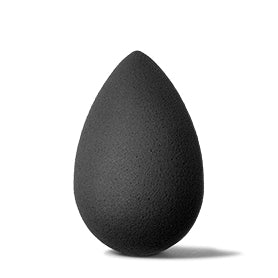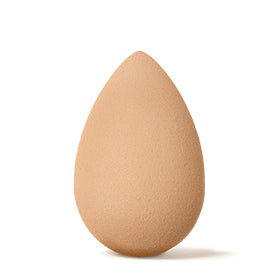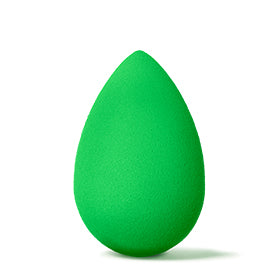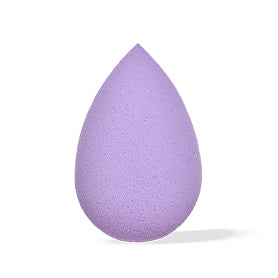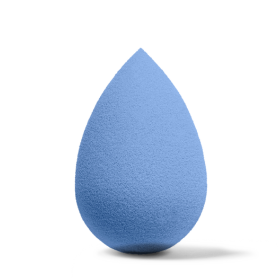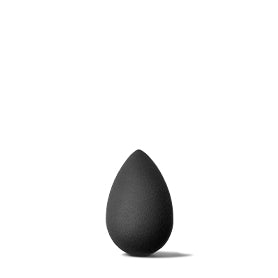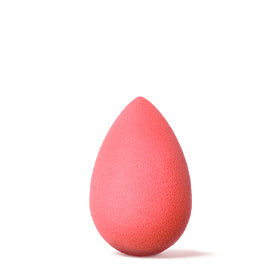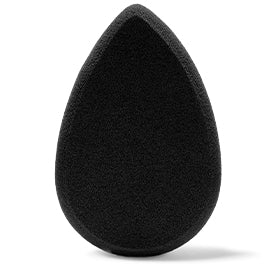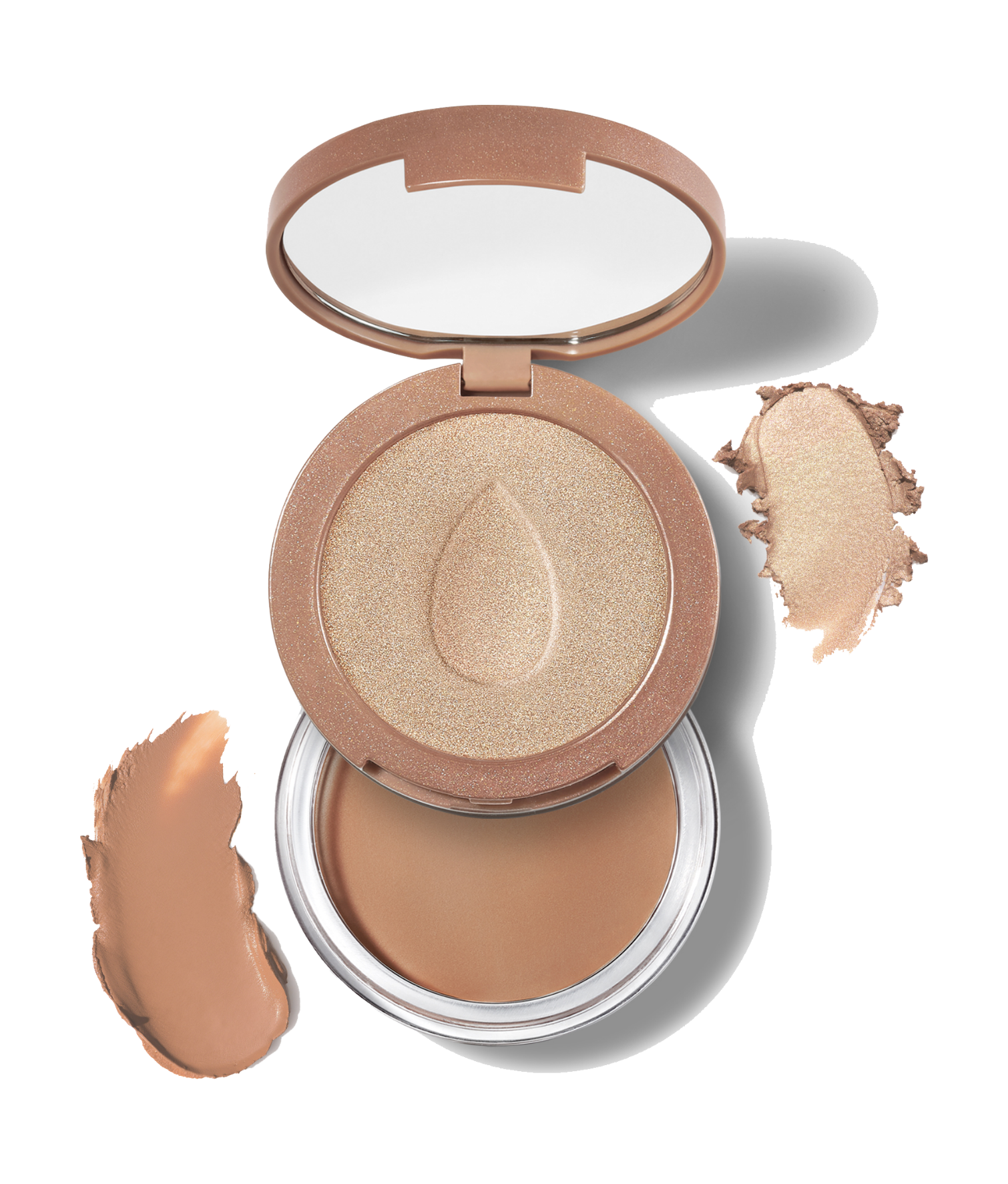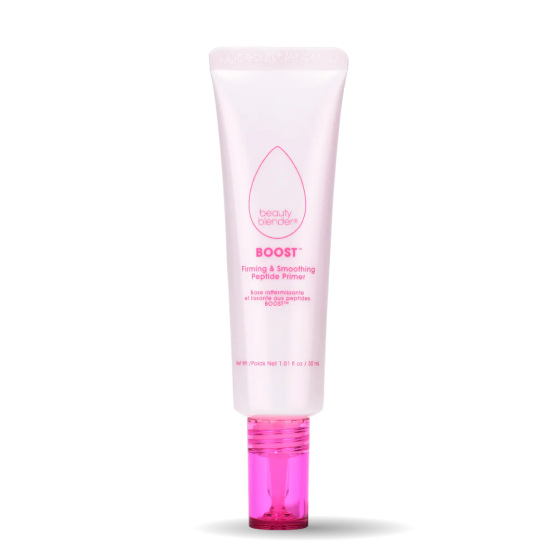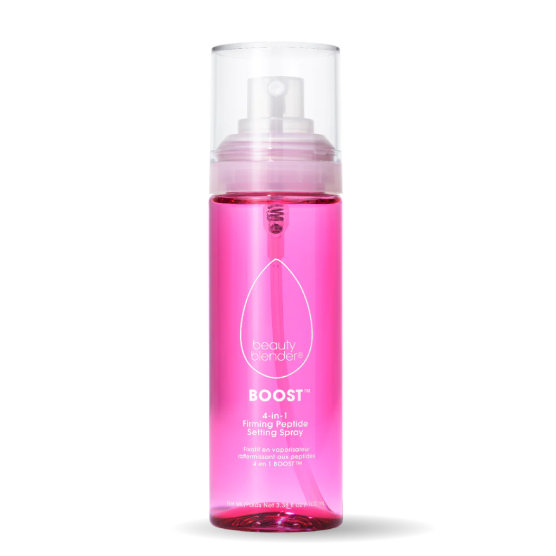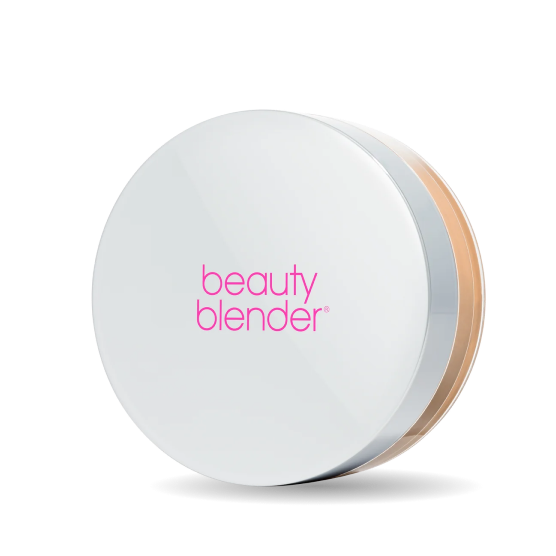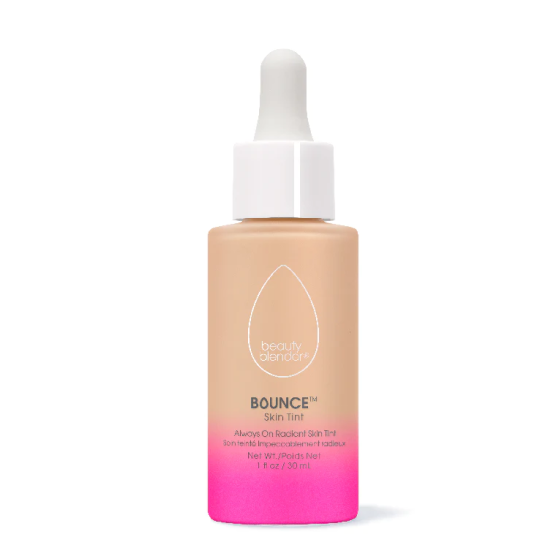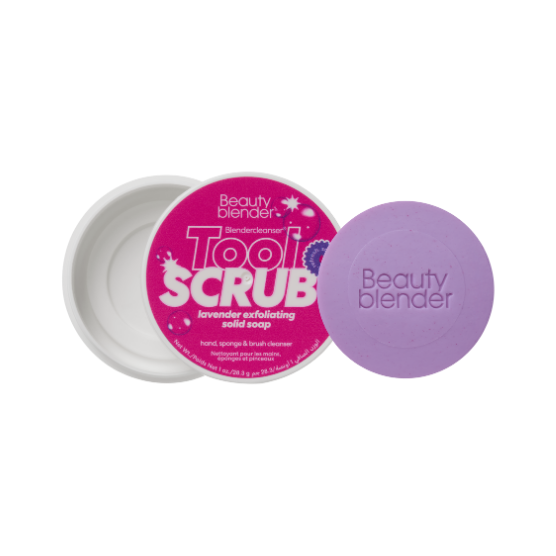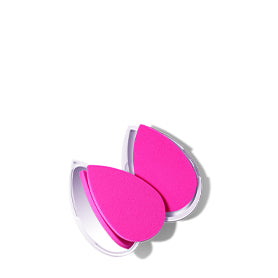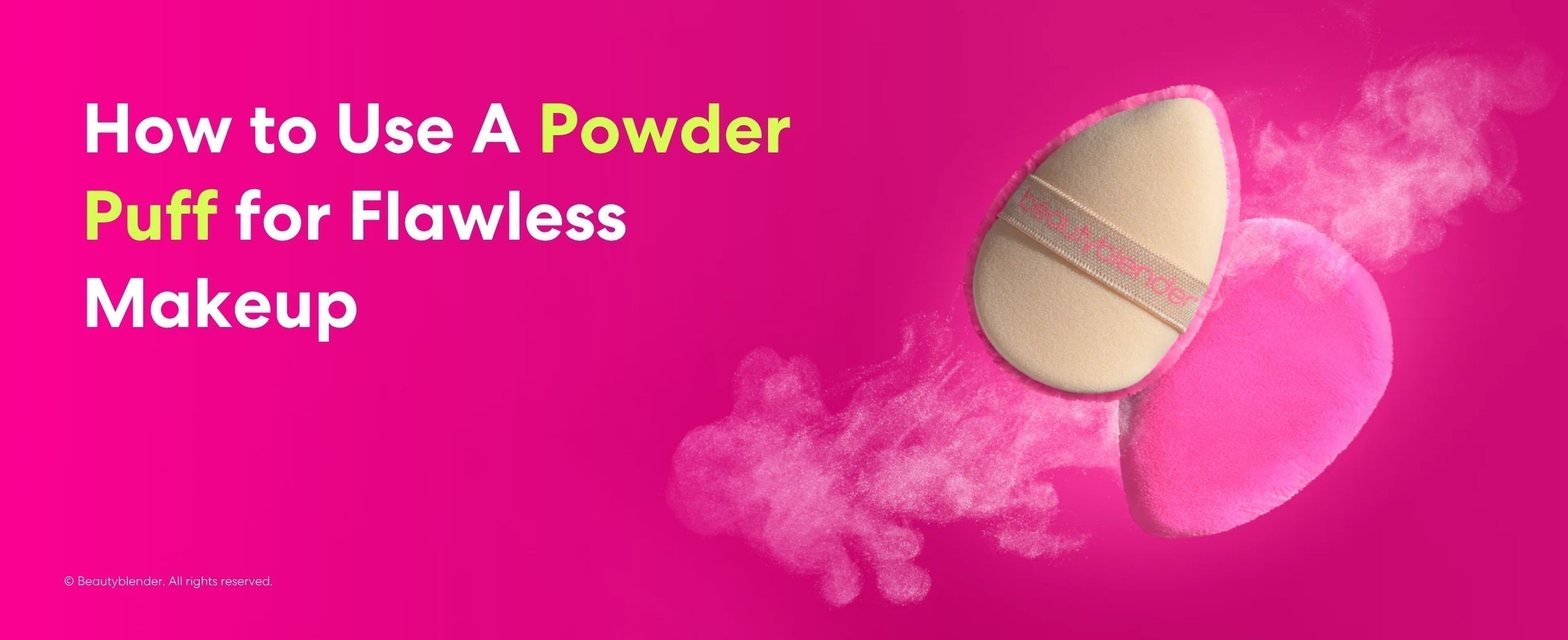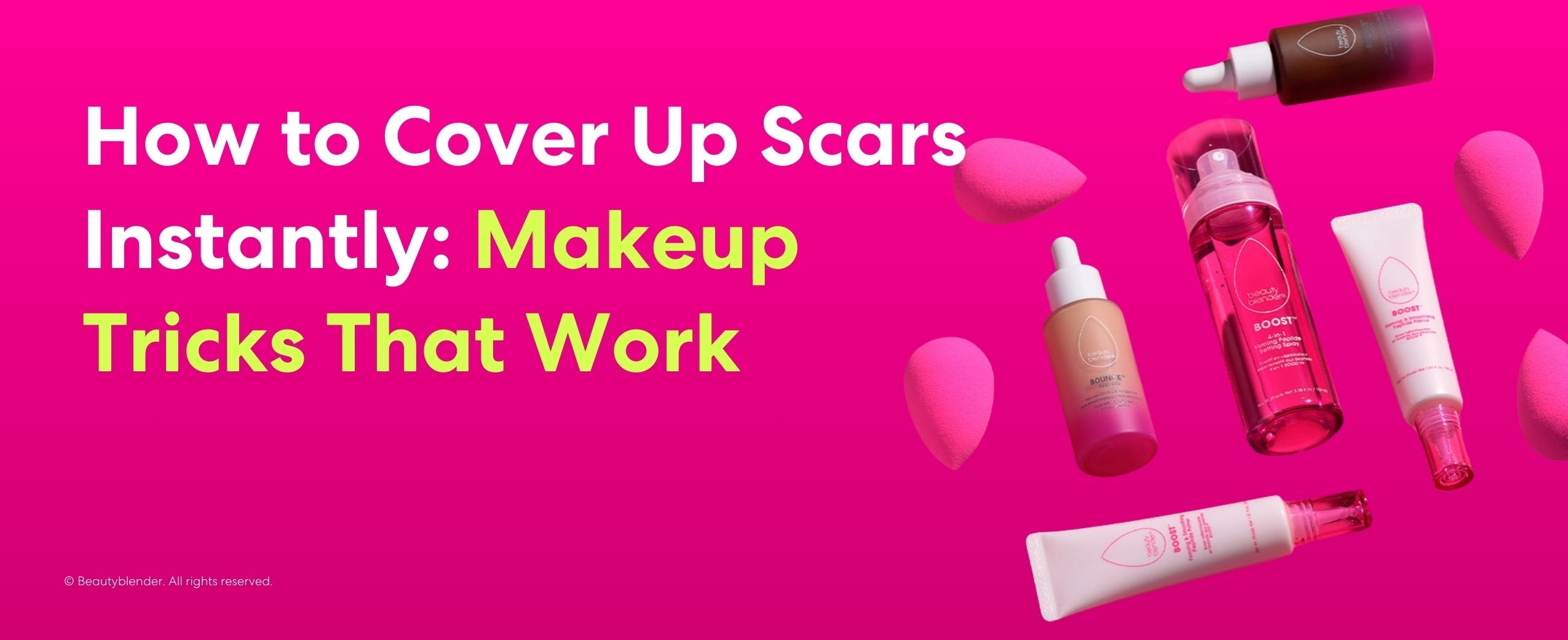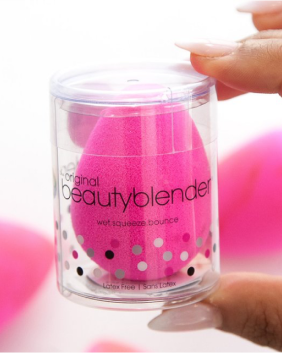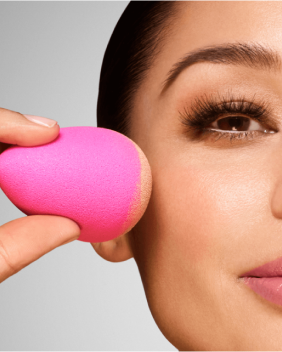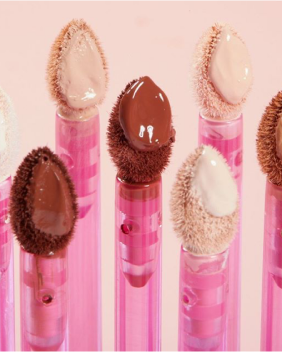Celebrating the History of Drag Makeup for Pride Month
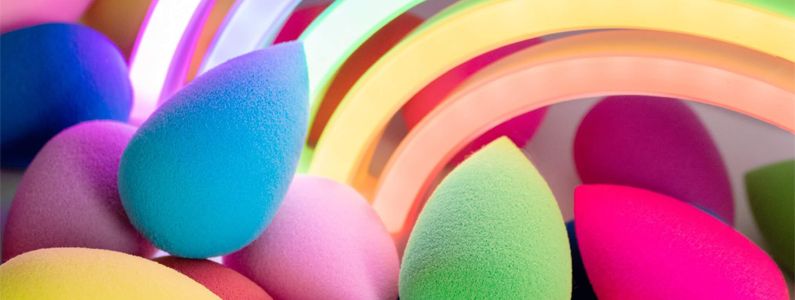
“We're all born naked and the rest is drag.” — RuPaul
Is there any way to kick off a drag makeup history lesson other than with the OG Glamazon herself? We think not.
We also think we could NOT be more excited to dig into all things drag today, from drag history to a few of our favorite drag queen makeup looks. Sashay our way!
Where does drag history start?
Try the 1800s. That’s right, children: Drag is older than rollercoasters, cars, motorcycles, telephones — even electricity!
Trixie Mattel and the experts at them traced the definition back to 19th-century theater. In order to play women, male performers wore petticoats, which would often drag on the floor. Getting dressed for these performances became known as “putting on their drags,” and the term’s popularity only grew from there.
Key dates in drag history:
1870: A U.K. newspaper first prints the word “drag” in its modern context. Of a party invitation, the paper explains: “‘We shall come in drag,’ which means men wearing women’s costumes.”
1910: Drag king makeup makes its first appearance as women start performing as male impersonators. The term “drag king” won’t appear in print until 1972.
1920s: Gay people adopt the term “drag,” likely as coded language to guard against the criminalization of homosexuality in England.
1927: Drag is firmly linked with the LGBTQ+ community as a psychiatrist defines drag as “a social gathering of homosexuals at which some are in female dress.”
1932: Afro-American newspaper spotlights a “drag” attended by 300 people called “members of the third sex,” a term for same-sex attracted masculine women or feminine men.
1940s: In bars, half the crowd often wears drag to avoid laws forbidding same-sex dancing.
1950s: Drag queens start performing in gay-friendly bars, firmly establishing drag as a gay art form.
What is drag queen makeup?
As drag queen history unfolded, makeup stayed front and center. Most signature drag makeup looks were born out of necessity. Heavy, dramatic makeup was necessary to transform masculine features into daintier, feminine faces. Highly expressive makeup also helped exaggerate features so the performer’s expression could be seen all the way in the back of the room.
Since drag queens are often on stage under bright, hot lights, their makeup has to have serious staying power. That led to all kinds of inventions, from cut creases to contouring. And it gave the makeup world an arsenal of drag queen makeup looks that are as durable as they are dramatic.
5 essential drag queen makeup looks
If you’re wondering how to do drag makeup, here’s the good news: You probably already know!
Most of the makeup you see on celebs or Insta or TikTok uses trickle-down techniques from established drag makeup looks. And we don’t know about you, but if achieving the perfect contour isn’t a good reason to respect your elders, what is?!
Here’s how to do drag makeup, but make it day-to-day:
1. Flawless foundation
If you’re a fan of the airbrushed look, thank the drag makeup masters. Full-coverage foundation that’s flawlessly applied is a staple of drag makeup because it creates a canvas that can carry any look that’s put on top of it.
While we at Beautyblender have a whole guide to flawless foundation (NATCH), here are 3 tips you can take with you to achieve airbrushed perfection:
1. You better prime. Without a solid base, foundation will cling to every imperfection in your skin instead of gliding on smoothly. Pick the primer that’s right for you and apply it before your foundation so makeup will stick to your skin longer.
2. You better match. If you’ve ever been fitted for a bra or had makeup professionally done, you know the ugly truth: Most of us are walking around rocking the wrong size or shade. Find your perfect foundation shade with our 2-minute Shade Finder quiz or get in-person help at Sephora. Pro-tip: Swatch your chest instead of your face to find the best match.
3. You better bounce. Did you know the OG Beautyblender was invented as a way to apply airbrush makeup without airbrushing? True story. BB founder Rea Ann Silva needed to be able to touch up actors on the set of TV shows like Girlfriends without carrying around an air compressor, so she crafted the perfect tool to do it. Simply wet and bounce your blender to avoid the streaks and lines makeup brushes leave behind.

2. Baked & beautiful
Yes, we know you’ve seen hundreds of beauty influencers bake their makeup. But did you know the idea of “baking” makeup started in the drag community as the go-to way to set foundation and drag eye makeup.
When you bake makeup, you let translucent powder sit on your face for 5–10 minutes. During that time, the heat from your face sets or “bakes” your foundation and your concealer. And that creates the uber-important long-wear foundation drag queen makeup relies on.
Check out our full guide to baking your makeup, or use our handy cheat sheet below anytime you need a quick refresher.

3. Killer contour
When you’re learning how to do drag makeup, contour is king — or queen, depending upon which way you drag! Heavily contoured cheeks and noses are crucial to drag queen makeup because they let you play with shadows and proportions however you see fit. Again, if you need a complete guide to contouring, we’ve got you covered, or a step-by-step guide to contouring your nose.
But today, we want to pay the drag makeup love forward and link you up with one of our fave Master Classes: How to Do Drag Makeup. It offers these 3 quick pieces of advice on drag-inspired contouring:
1. To shrink your forehead, use a darker shade around your hairline.
2. To make your forehead larger, apply highlighter in the center of your forehead. (This is a supes helpful trick when you’re working with drag king makeup.)
3. To make cheekbones appear more sculpted, apply bronzer right under your cheekbones.

4. High-impact highlighter
Highlighter is the yin to contour’s yang, brightening and lightening where contouring deepens and chisels. While highlighting became popular in early Hollywood as makeup artists used it to mimic natural light on sets, drag queens had — no surprise — been doing their fair share of highlighting for years.
While drag queen makeup is known for high-octane highlighter, it’s super simple to dial down the drama for day-to-day wear. Grab your Glass Glow Crystal Clear Shinelighter and hit the spots that naturally pick up light:
— Apples of the cheeks
— Below the eyebrows
— Inner corners of the eye
— Bridge of nose
— Lower chin
— Cupid’s bow

5. Eye-popping eyes
While drag eye makeup is a wild world, there are 3 truly foundational elements to know: cut creases, arched eyebrows and long lashes.
1. A cut crease uses a lighter eyeshadow with a line or “cut” across the crease of your eyelid. It’s a staple of drag makeup because it makes your eyes appear wider and brings out your lid color. The main thing the cut crease requires is precision, which is why we reach for the HIGH ROLLER: Crease Brush to lock down our lines.
2. Raised brows are another drag makeup calling card, and one of the easiest to pull off. Just grab THE PLAYER: 3-Way Brow Brush and get familiar with the tricks you need to tame any brow.
3. While the history of false eyelashes could be an article of its own, there’s no doubt that long, fluttery lashes have played a starring role in drag history. And we’ve got good news: Since you’ve already got THE PLAYER handy, just flip it and grip it when it’s time to brush out those falsies.
And as you work to perfect that drag eye makeup, remember this: When in doubt, look to Divine! As Elle pointed out, the drag queen’s signature brows, cut-crease blue shadow and long lashes were SUCH an iconic look that Disney used all three when creating The Little Mermaid’s Ursula.

